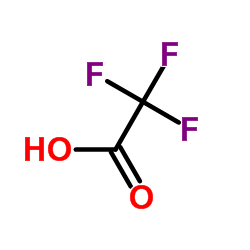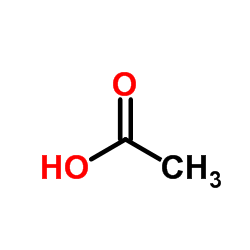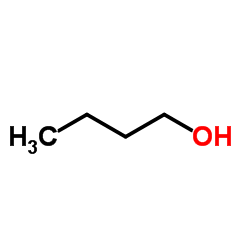| Structure | Name/CAS No. | Articles |
|---|---|---|
 |
Formic Acid
CAS:64-18-6 |
|
 |
Sodium hydroxide
CAS:1310-73-2 |
|
 |
N-hexane
CAS:110-54-3 |
|
 |
Acetonitrile
CAS:75-05-8 |
|
 |
Methanol
CAS:67-56-1 |
|
 |
trifluoroacetic acid
CAS:76-05-1 |
|
 |
3-Ethyl-2,4-pentanedione
CAS:1540-34-7 |
|
 |
acetic acid
CAS:64-19-7 |
|
 |
Butanol
CAS:71-36-3 |
|
 |
Suplatast Tosilate
CAS:94055-76-2 |